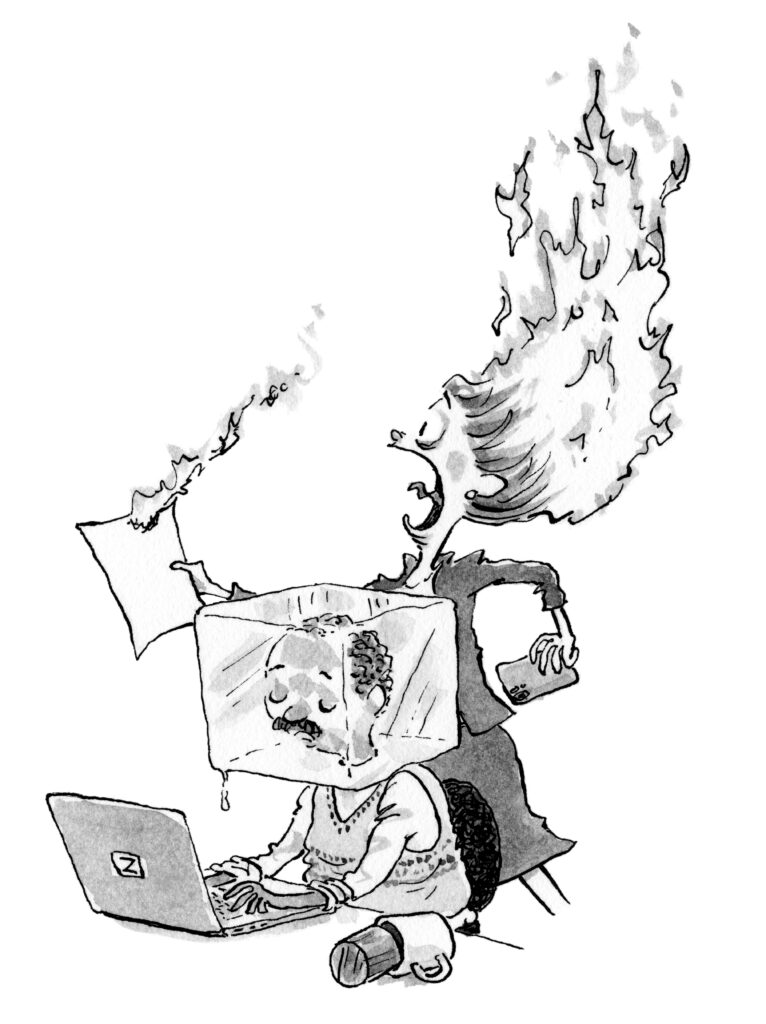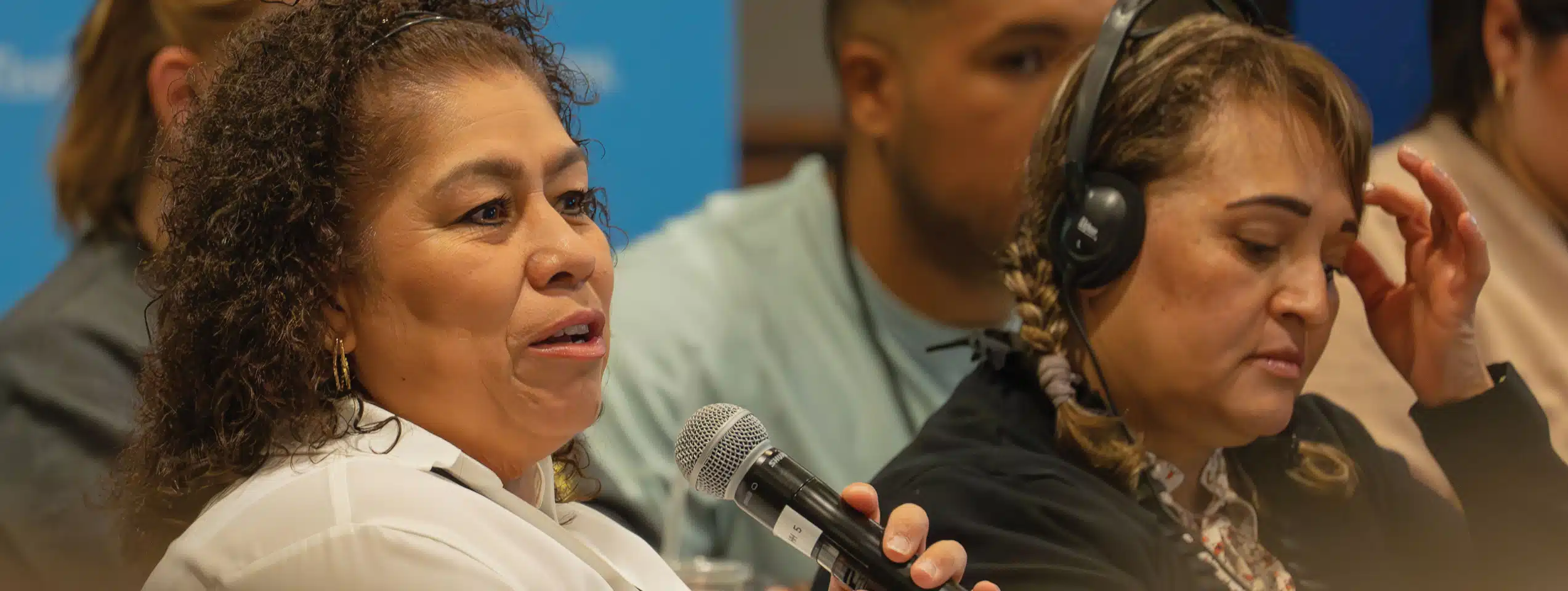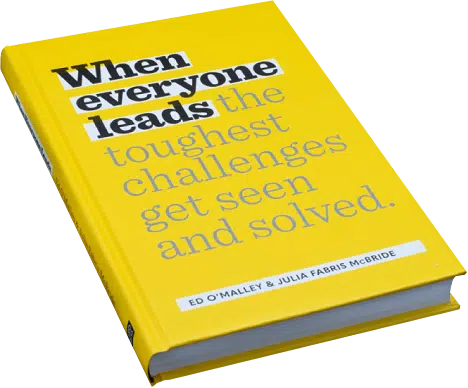Making progress on our toughest challenges usually involves dealing with uncomfortable things like loss, competing values and conflict about the right way forward. At KLC, we use the word heat as shorthand for those less-than-comfortable characteristics of adaptive challenges that make people shy away from leadership.
If you want to lead and make progress on a tough challenge, regularly take the temperature. Taking the temperature means checking to make sure the heat is at the right level to keep the right people engaged, oriented around a common purpose, and moving forward on an important challenge.

Think of your organization or community as a skillet. Exercising leadership involves monitoring and regulating the flame to keep the oil bubbling at just the right temperature for change. If the heat is too low around an important challenge, not enough people get engaged and understand the need for change. On the other hand, if the heat around your challenge is too high, a fight or flight response kicks in. Tensions escalate and conflict disrupts all attempts at forward motion.
To solve the really tough challenges, we need to find a middle place from which people who see a problem differently can all recognize the challenge. We need people to feel the freedom to contribute, ask questions, and experiment with solutions. We need to create spaces and facilitate conversations in which the temperature around an important issue is neither too hot nor too cold. Leadership involves constantly checking the level of heat to make sure no important stakeholders get so burned that they abandon the work. You want the heat at just the right temperature to allow new perspectives to pop up, like perfect kernels of corn. You want to generate enough energy around a tough challenge that lots of people, throughout your system, see the need to get involved.
Some moves you can use to take the temperature are:
- Ask questions that reveal unspoken needs and perspectives. (Ask questions like, “If there was an elephant in this room, what would it be?” or “How might an outsider describe what is going on here?” or “On a scale of 1-10, how would you rate our productivity in the last 30 minutes?”)
- Notice body language and name what you see. (“I’ve noticed that none of us have been willing to look one another in the eye since this discussion began. What’s that about?”)
- Notice and name the tenor of the conversation. (“Am I missing something or is the pace and tone of this conversation lacking in energy?”)
Remember, this is a diagnostic move. When you take the temperature, you are gathering information to inform your next intervention. You are thinking, “What does what I’m seeing or hearing tell me about the heat? Is the heat too low? Too high? What can I do next to keep people engaged and make progress on the challenge I care about?”
As you’ve certainly seen for yourself, one person cannot monitor the heat by themselves. You can’t see and hear everything. The more people in your system who are skilled at taking the temperature, the higher your capacity to lower the flame if conflict verges on destructive, or pump up the collective energy when you risk losing momentum on an important challenge or opportunity.


